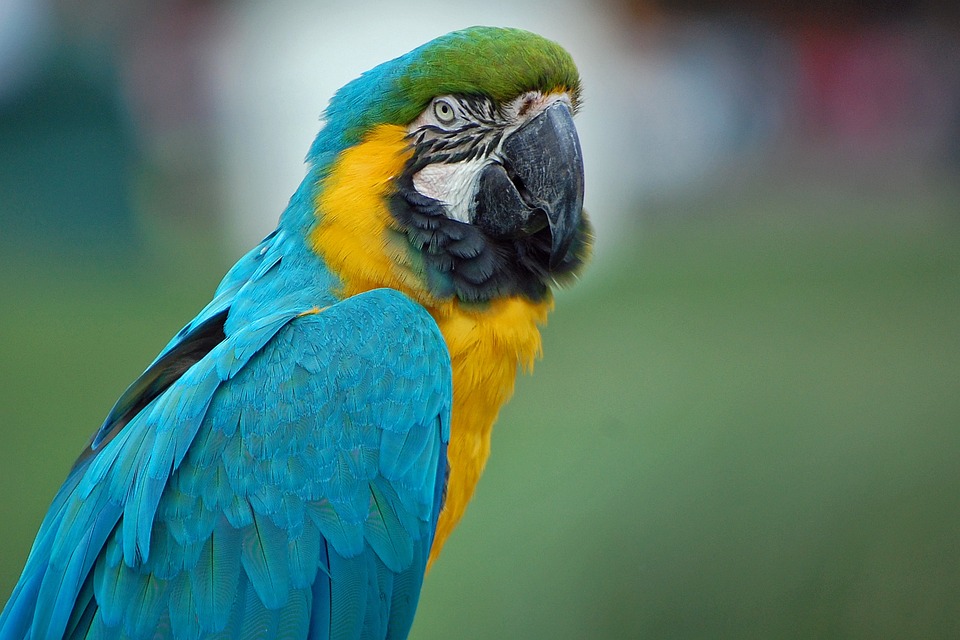Parrots are highly intelligent creatures that require mental stimulation and social interaction to thrive. However, during training sessions, repetitive exercises can sometimes lead to boredom or loss of focus in parrots. In this article, we will explore effective strategies to enhance parrot training by keeping them engaged and focused.
Engagement plays a crucial role in the success of parrot training. When a parrot is engaged, they are more likely to learn and retain new behaviors. Signs of disengagement or boredom in parrots include decreased attention, lack of enthusiasm, and attempts to escape the training area. It’s important to address these signs promptly to maintain progress and strengthen the bond between you and your parrot.
To keep parrots engaged during repetitive exercises, consider incorporating the following techniques:
1. Introduce Variety and Novelty: Parrots thrive on new experiences. Introduce new exercises, props, or challenges to keep their training sessions interesting and engaging. This can include using different objects, changing training locations, or varying the order of exercises.
2. Utilize Positive Reinforcement Methods: Positive reinforcement, such as verbal praise, treats, or favorite toys, can motivate parrots to stay focused and interested during training. Reward desired behaviors promptly to reinforce their engagement.
3. Incorporate Interactive Toys and Puzzle Feeders: Interactive toys and puzzle feeders provide mental stimulation and encourage problem-solving skills. These toys can be used during training sessions or as a separate activity to keep your parrot engaged and entertained.
4. Enrich the Training Environment: Create an enriching training environment by adding perches, branches, or swings to mimic a natural setting. This can provide additional mental and physical stimulation, making the training session more engaging for your parrot.
5. Maintain Consistency and Shorter Training Sessions: Parrots have limited attention spans, so it’s important to keep training sessions short and focused. Aim for sessions between 10 to 15 minutes to maintain their focus and prevent boredom. Consistency is also key, as regular training sessions help establish routines and reinforce behaviors.
In addition to these techniques, it’s essential to address common concerns and questions that arise during parrot training:
– How long should training sessions last? It’s recommended to keep training sessions between 10 to 15 minutes to maintain your parrot’s focus and prevent boredom.
– What if my parrot loses interest despite using various techniques? If your parrot becomes disinterested during a training session, assess the environment for potential distractions, ensure they are well-rested, and try incorporating new and stimulating exercises or toys.
– Are there specific toys or puzzles that work best for engagement? Each parrot has unique preferences. Experiment with a variety of toys, such as foraging toys or puzzle feeders, to find what captivates your parrot’s interest and encourages engagement.
– Can I use treats as rewards during training? Treats can be excellent motivators during training. However, it’s crucial to use small, healthy treats and ensure they are given sparingly to prevent excessive consumption and potential weight gain.
– Is it possible to overtrain a parrot? Yes, overtraining can lead to mental and physical exhaustion in parrots. It is essential to strike a balance between training and allowing your parrot to rest, play, and engage in natural behaviors.
In conclusion, maintaining engagement and focus during repetitive exercises is crucial for successful parrot training. By employing various techniques, introducing novelty, and addressing your parrot’s individual preferences, you can create a stimulating and rewarding training environment. Remember to keep sessions short, use positive reinforcement, and prioritize your parrot’s well-being. By doing so, you will strengthen the bond with your feathered companion while nurturing their intellectual growth.









